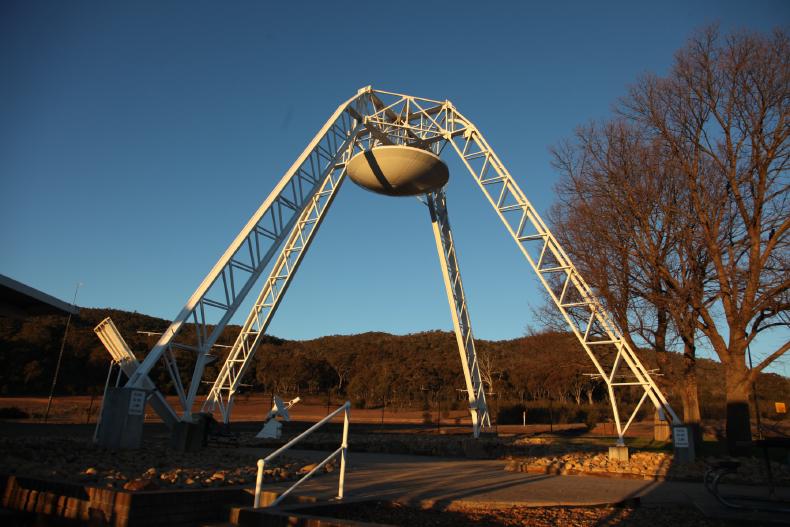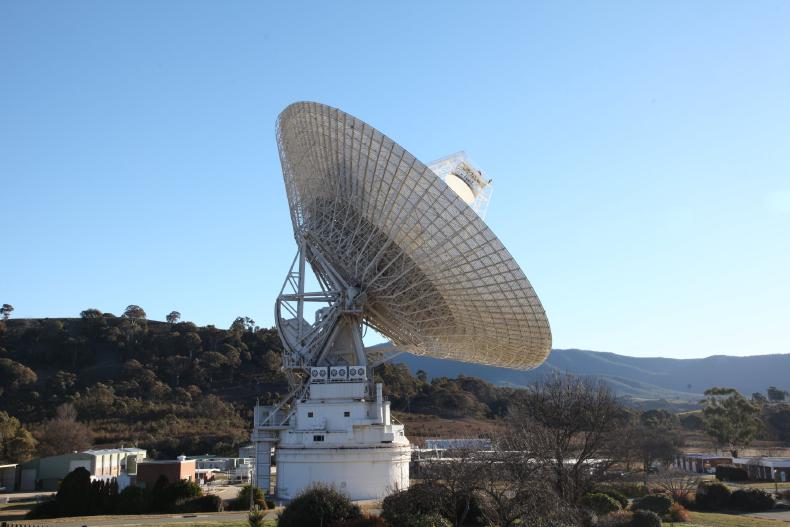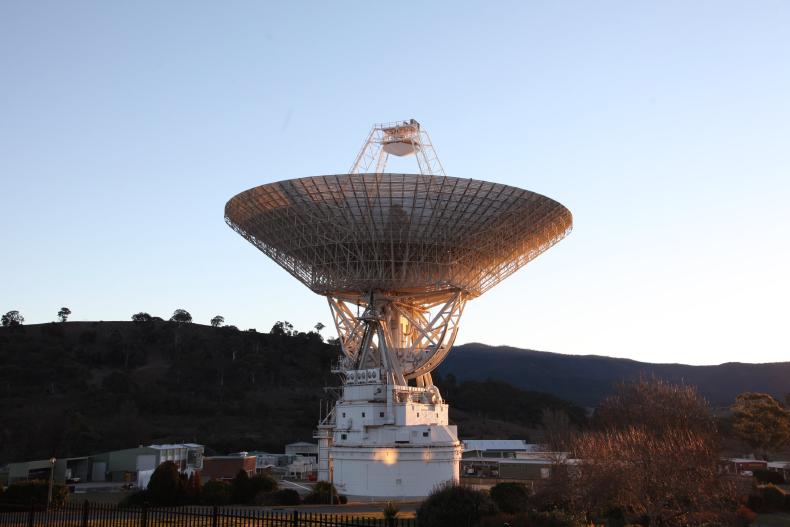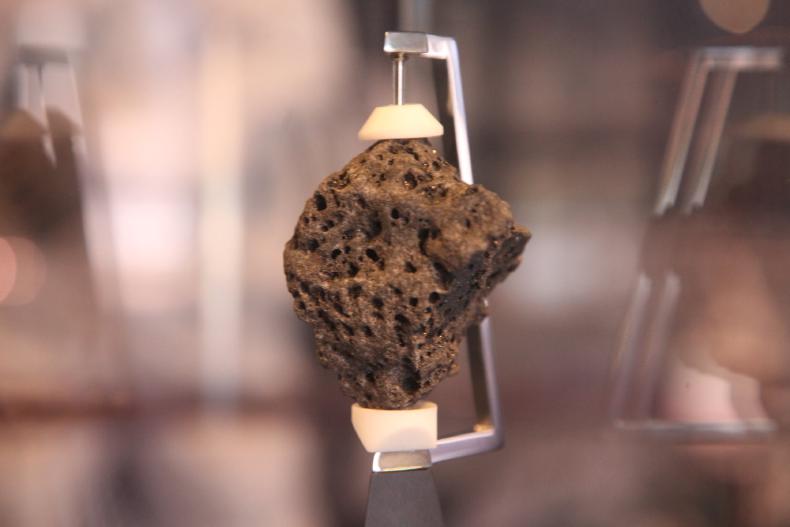Tidbinbilla
The Canberra Deep Space Communications Complex (CDSCC) is located at Tidbinbilla, 16 kms south-west of Canberra. Previously, it was called the Tidbinbilla Deep Space Tracking Station.
At the communications are many many antennas, which are called Deep Space Stations. Along with similar stations in California and Spain, they form a global network that provides contineuous tracking for deep space missions.
DSS-42
Deep Space Station 42 (DSS-42) was the first antenna at Tidbinbilla, and operated between December 1964 and December 1999. It supported in many missions, including the Mariner 4 to Mars, Magellan to Venus, Galileo to Jupiter and Voyager 2 to the outer planets. It was originally 26 metres in diameter, but was expanded to 34 metres before being dismantled in 2000.

There are many antennas at the communications complex.

DSS-46
Deep Space Station 46 (DSS-46) was built in 1965 at the Honeysuckle Creek Tracking Station. It was moved to Tidbinbilla in 1983, when that tracking station was closed.
This antenna received the first video images of man’s first steps on the moon, in July 1969. After the first few minutes, the rest of the television broadcast was taken from the larger Parkes radio telescope. DSS-46 was operational until 2009.

DSS-43
The largest is Deep Space Station 43 (DSS-43) at 70 metres in diameter. It was built between 1969 and 1973, originally as a 64 metre antenna to replace the smaller DSS-42.
It it is the largest of its type in the southern hemisphere. Along with similar antennas in California and Spain, they are the only antennas that can send signals to the Voyager 2 spacecraft, 18 billion kilometres away. Other antennas can receive signals from Voyager 2, but those three are the only ones powerful enough to send signals to it.


NASA calls these antennas “Deep Space Stations” and assigns them a unique number. In the United States, they are numbered in the 10s and 20s. In Australia, they are numbered in the 30s and 40s. In Spain, they are numbered in the 50s and 60s.
Visitor’s centre
Inside the visitor’s centre is the Canberra Space Centre, which has many displays on space.

The MODCOMP II was a general purpose 16-bit computer from Modular Computer Systems Inc from Fort Lauderdale, Florida. It supported a maximum of 64 KiB of 16-bit word memory and was programmed in assembly, Fortran or BASIC.


